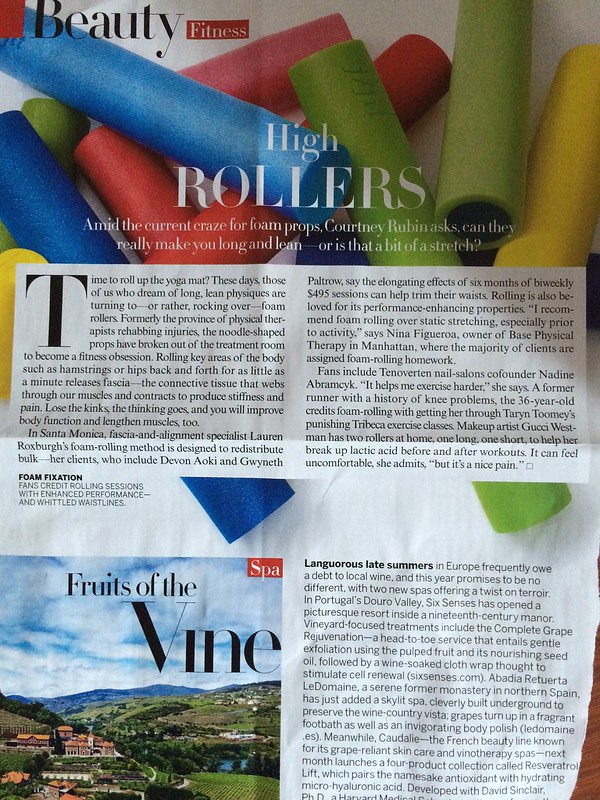I’m a nerd when it comes to the topic of behavioral economics.1
For those unaware of what it is (via Wikipedia):
“Behavioral economics and the related field, behavioral finance, study the effects of psychological, social, cognitive, and emotional factors on the economic decisions of individuals and institutions and the consequences for market prices, returns, and the resource allocation.”
For those who zoned out reading the above definition and need something a little more simplified, you can also think of behavioral economics as the following:
“Stuff Malcolm Gladwell writes about.”
So anyone who’s read his books The Tipping Point, Blink, Outliers, What the Dog Saw, and/or David & Goliath…has, more or less, inadvertently – or maybe not – brushed elbows with the topic.
And while many consider Gladwell the “big fish in the small pond” on the topic, there are many other prominent authors and books that enter the picture I’m a huge fan of:
– The Heath brothers (Chip and Dan), authors of Made to Stick, Switch, and Decisive.
– Dan Ariely, author of The Upside of Irrationality and Predictably Irrational.
– And maybe most popular of all, the book(s) which kind of popularized the genre, Freakonomics.
I find it all fascinating and wholeheartedly relevant to every day life. Taking a handful of snidbits from various books I’ve read in the past, how could any of the below scenarios not pique anyone’s interests?
– Does the chance of getting caught affect how likely we are to cheat?
– How do companies pave the way for dishonesty?
– Does religion improve our honesty?
– Why do some failures inspire breakthroughs and others breakdowns?
– Why can large bonuses make CEOs less productive?
– Why is revenge so important to us?
– Why does my wife get pissed if I don’t make the bed in the morning?
All are interesting quandaries, no?2
More germane to health and fitness, however, I find behavioral economics to be very insightful. I mean, how else to explain, despite knowing better, and contrary to what their goals may be, why someone would choose to hit up a Pizza Hut buffet after work rather than heading home and preparing a more nutritious meal?
What makes someone prefer to binge watch House of Cards over going to the gym? And then bitch and whine about how they never seem to see results?
Or, I don’t know…if someone’s a hardcore Paleo Nazi and they eat a “paleo brownie,” is it still Paleo? You know, cause Stevia (and brownies) weren’t necessarily part of a cave man’s diet back in the day.
As a fitness professional (I feel), having the ability to dig a little deeper and to peel back the psychological onion as to what prevents certain people from attaining certain fitness and health goals is important.
Because more often than not it’s much more than an “education/information” thing, in addition to it being much more than simply telling someone what or what not to do.
Lets take a passage from the book I’m currently reading, Misbehaving: The Making of Behavioral Economics, by Richard Thaler:
“To begin any discussion of mental accounting, it helps to understand the basic economic theory of the consumer. Recall from the discussion of the endowment effect that all economic decisions are made through the lens of opportunity costs. The cost of dinner and a movie tonight is not fully captured by the financial outlay – it also depends on the alternative uses of that time and money.
If you understand opportunity costs and you have a ticket to a game that you could sell for $1000, it does not matter hw much you paid for the ticket. The cost of going to the game is what you could do with that $1000. You should only go to the game if that is the best possible way to could use that money.
Is it better than one hundred movies at $10 each? Better than an upgrade to your shabby wardrobe? Better than saving the money for a rainy day or a sunny weekend?
This analysis is not limited to decisions that involve money. If you spend an afternoon reading a novel, then the opportunity cost is whatever else you might have done with that time.”
As Thaler notes, “thinking like that is a right and proper normative theory of consumer choice.”
Not to steal his thunder (I totally am), but I’d argue it serves as a right and proper normative theory of (fitness) consumer choice.
Opportunity Costs
Revisiting one of the examples above, there could be any number of reasons why someone would choose to walk into a Pizza Hut rather than head home to prepare a wholesome meal.
It’s certainly more convenient and less time intensive. But maybe they choose to do so because they literally have no pots and pans to cook with. Or any decent knives to perform said food prep.
Hell, maybe they’re like me and can’t use a microwave without exponentially increasing the risk of burning down their apartment by a factor of ten!
The opportunity cost tips in Pizza Hut’s favor because said individual has no resources in his or her’s corner to help set them up for success.
If you, as the fitness professional, do nothing but play the “tough love” card and talk down to your client as weak-minded, weak-willed, or any number of equally non-helpful epithets…are you really doing them a service?
Doing nothing more than telling them to suck it up and to stop going to Pizza Hut isn’t going to solve anything. You’re being lazy, and quite honestly kinda of a dick.
It bodes in your favor to take a step back and to better understand what fuels people’s behavior.
Just something to think about.






